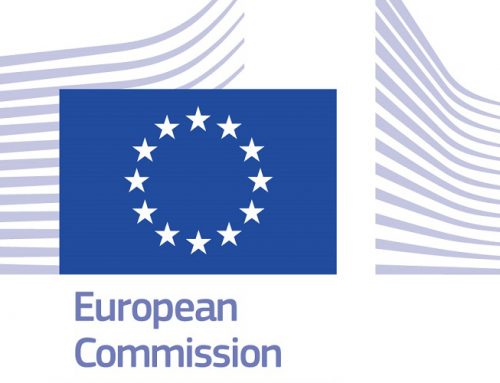
On November 24th, 2021 the European Banking Authority (EBA) published a new report in which it presented the picture that emerged from the activity carried out in the continuous monitoring and control of the implementation of IFRS 9 in the European Union.

In addition to the qualitative monitoring of implementation, since mid-2019 the EBA has developed an IFRS 9 benchmarking exercise, based on existing exercises, in particular in the area of credit risk, in order to introduce the accounting and modeling dimension of IFRS. This report summarizes the findings EBA investigations since the publication of its latest report in December 2018. Reading the document, it emerges that banks have made significant efforts to implement and adapt their systems to the requirements of IFRS 9 since its first date of application. However, the level of discretion incorporated in the standard leaves open the possibility of using a wide variety of practices. Although no single practice has proved to be a determining factor in defining the size of accounting items, some observed practices would – in the opinion of the supervisor – merit further examination.
This is particularly relevant with regard to the approaches implemented on the assessment of the Significant Credit Risk Increase, where an unexpected limited use of the notion of collective assessment was observed for borrowers with common characteristics, in the context of the current high economic uncertainty.
With specific reference to the parameters necessary for estimating the ECL (Expected Credit Loss) and the inputs of the model, the estimates and variability of the PD (Probability of Default) at 12 months of IFRS 9 have generally increased during the pandemic, due to the incorporation of forward-looking information (FLI) and its temporal nature. Differences were observed in the approaches used for the incorporation of FLIs, which may have some impact on the weight of the assumptions underlying the scenarios used for modeling the ECL and which, in the opinion of the supervisor, merit further consideration.
Regarding classification and measurement, a wide range of practices were observed in the context of the assessment of the business model of IFRS 9, in which further examination and guidance is deemed necessary. In terms of recognition and cancellation of financial instruments, some discrepancies were observed in the cancellation of financial assets (such as high recovery percentages after cancellations) and / or in the recognition of accrued interest.
In addition, the EBA noted that a limited number of institutions have made use of the transitional provisions amended by IFRS 9 introduced by the “fast resolution” of the Capital Requirements Regulation (CRR), which represents a CET1 advantage of 119 bps in December 2020 .
The COVID-19 pandemic resulted in extraordinary circumstances that pushed IFRS 9 models out of their normal working assumption, thereby increasing the use of overlays at the level of IFRS9 risk parameters or directly at the level of final ECL amount.





Stay In Touch